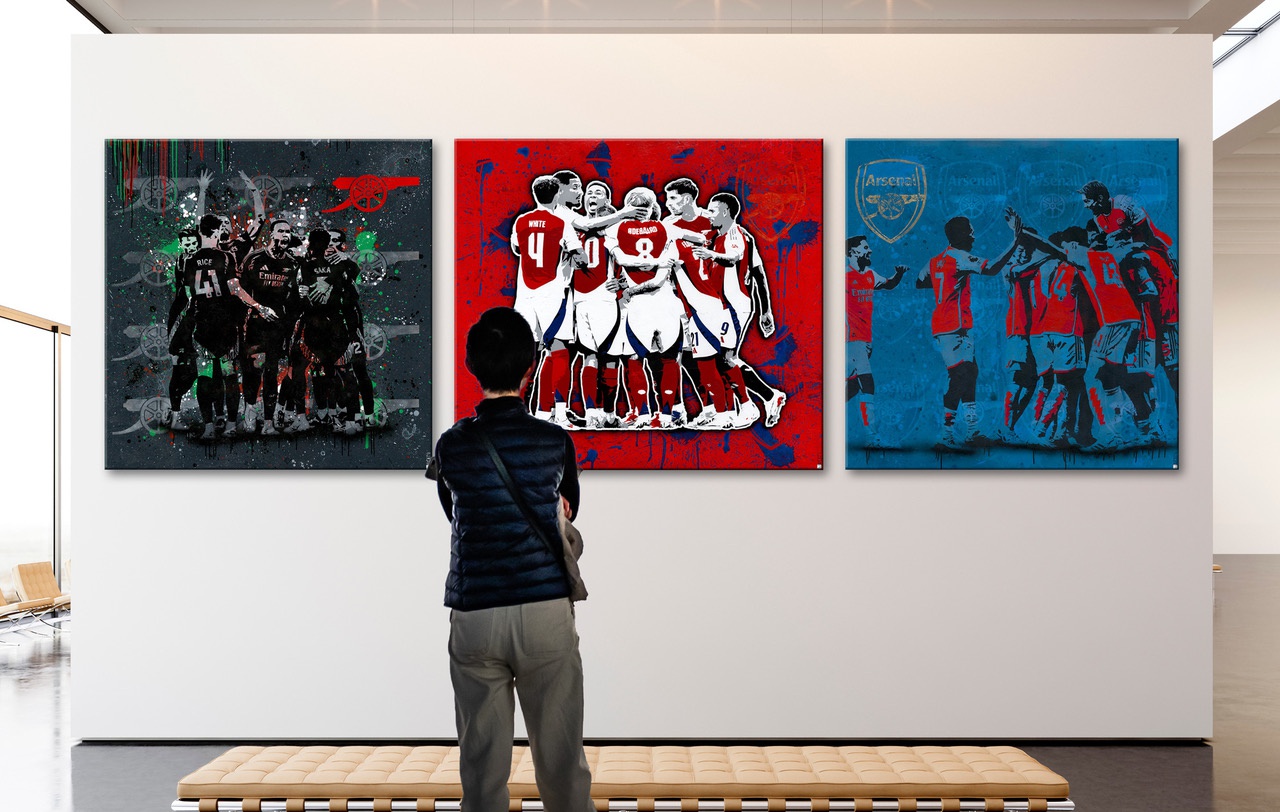
In the big picture of English football history, Arsenal Football Club is one of the most iconic clubs. Its journey from a group of factory workers kicking a ball around in South East London to becoming one of the most recognized Premier League clubs is nothing short of extraordinary. Spanning over a century, it’s a story packed with drama, heart, and unforgettable moments, which continues to inspire fans, artists, and communities around the world.
Arsenal FC Foundation: From the Workshop to the Pitch
The Arsenal FC foundation dates back to 1886, when a group of workers from the Royal Arsenal armaments factory in South East London decided to form a football team. Initially called Dial Square, the club quickly became known as Royal Arsenal, and later Woolwich Arsenal. This marked the humble Arsenal club origins, built on passion, teamwork, and working-class spirit. Arsenal became the first southern club to join the Football League in 1893.
In 1913, the club made a big move north of the river to Highbury. By the 1930s, under manager Herbert Chapman, Arsenal started to turn heads—not just with their results, but with bold ideas that helped shape the future of the game.
Turning into a Football Powerhouse
Herbert Chapman’s tenure was pivotal in shaping the Arsenal legacy. Not only did he lead the team to multiple league titles, but he also revolutionized football tactics and modernized the club’s image. He pushed for numbered shirts and introduced floodlights and the iconic WM formation, all of which changed the landscape of the sport. It’s fair to say he laid the foundation for what would become the club's legacy.
From there, Arsenal began to rack up trophies, become regular title contenders, and earn their place in English football history. With the dramatic last-minute title win at Anfield in 1989, or becoming the “Invincibles” as they went an entire Premier League season unbeaten in 2003–04, Arsenal earned legendary status and became a cultural phenomenon resonating beyond the stadium walls.
Painting the Game: Arsenal Through the Eyes of the Artist
For many, football isn’t just a game—it’s energy and emotion. Hayden Bone captures this feeling in his Arsenal FC licensed artworks. Honoring the club’s rich narrative, they celebrate its legacy through visual storytelling. These football artworks aren’t just for die-hard fans, but for anyone who knows that sport has the power to move us, to connect us, and to tell a story.

Hayden Bone, We All Follow, 2024
Arsenal Today: A Club of Tradition and Transformation
As one of the most recognized Premier League clubs, Arsenal continues to reinvent itself. The move from Highbury to the Emirates Stadium in 2006 marked a new chapter, one of fresh talent, modern infrastructure, and a global fan base. Despite challenges, Arsenal remains fiercely competitive in both domestic and European competitions and its spirit is as strong as ever.

The Arsenal's Emirates Stadium
More Than a Club
When we talk about Arsenal’s football club evolution, we talk not just about the trophies and triumphs, but the stories, sacrifices, and dreams that have carried the club forward. It’s the story of a team, a community, and a culture.
In celebrating Arsenal history, Hayden Bone’s football artworks tell this story. His paintings allow fleeting moments—a goal, a cheer—to live on, not only in the annals of sport, but in the homes of fans.
